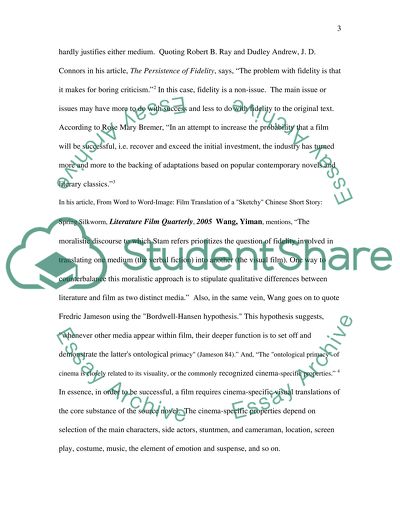Cite this document
(“Literature and Cinema Movie Review Example | Topics and Well Written Essays - 2000 words”, n.d.)
Retrieved from https://studentshare.org/miscellaneous/1512375-literature-and-cinema
Retrieved from https://studentshare.org/miscellaneous/1512375-literature-and-cinema
(Literature and Cinema Movie Review Example | Topics and Well Written Essays - 2000 Words)
https://studentshare.org/miscellaneous/1512375-literature-and-cinema.
https://studentshare.org/miscellaneous/1512375-literature-and-cinema.
“Literature and Cinema Movie Review Example | Topics and Well Written Essays - 2000 Words”, n.d. https://studentshare.org/miscellaneous/1512375-literature-and-cinema.


